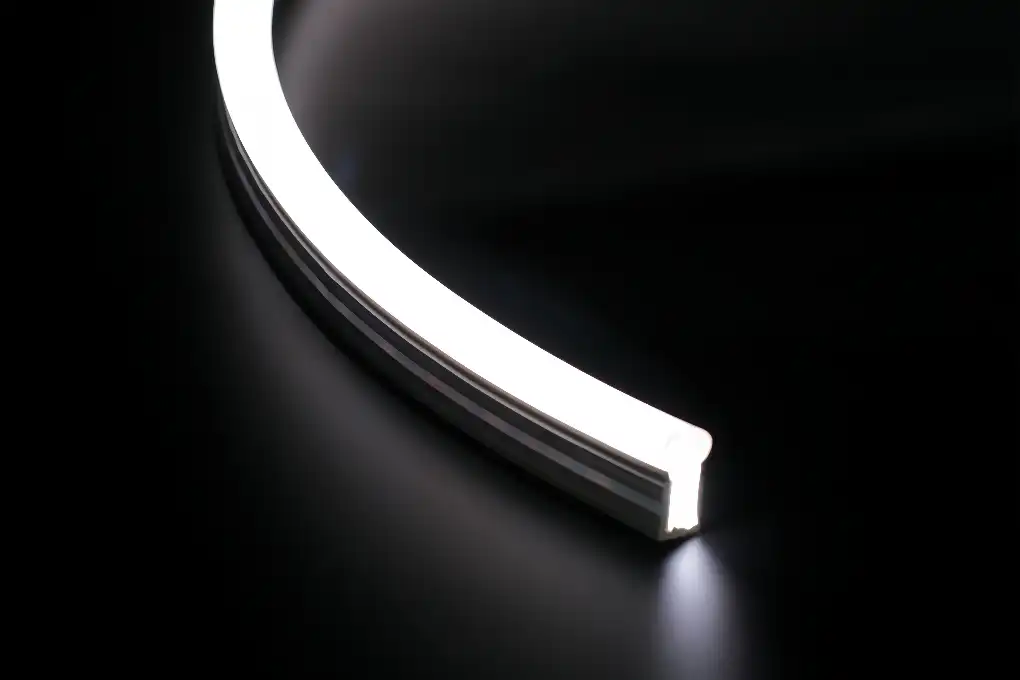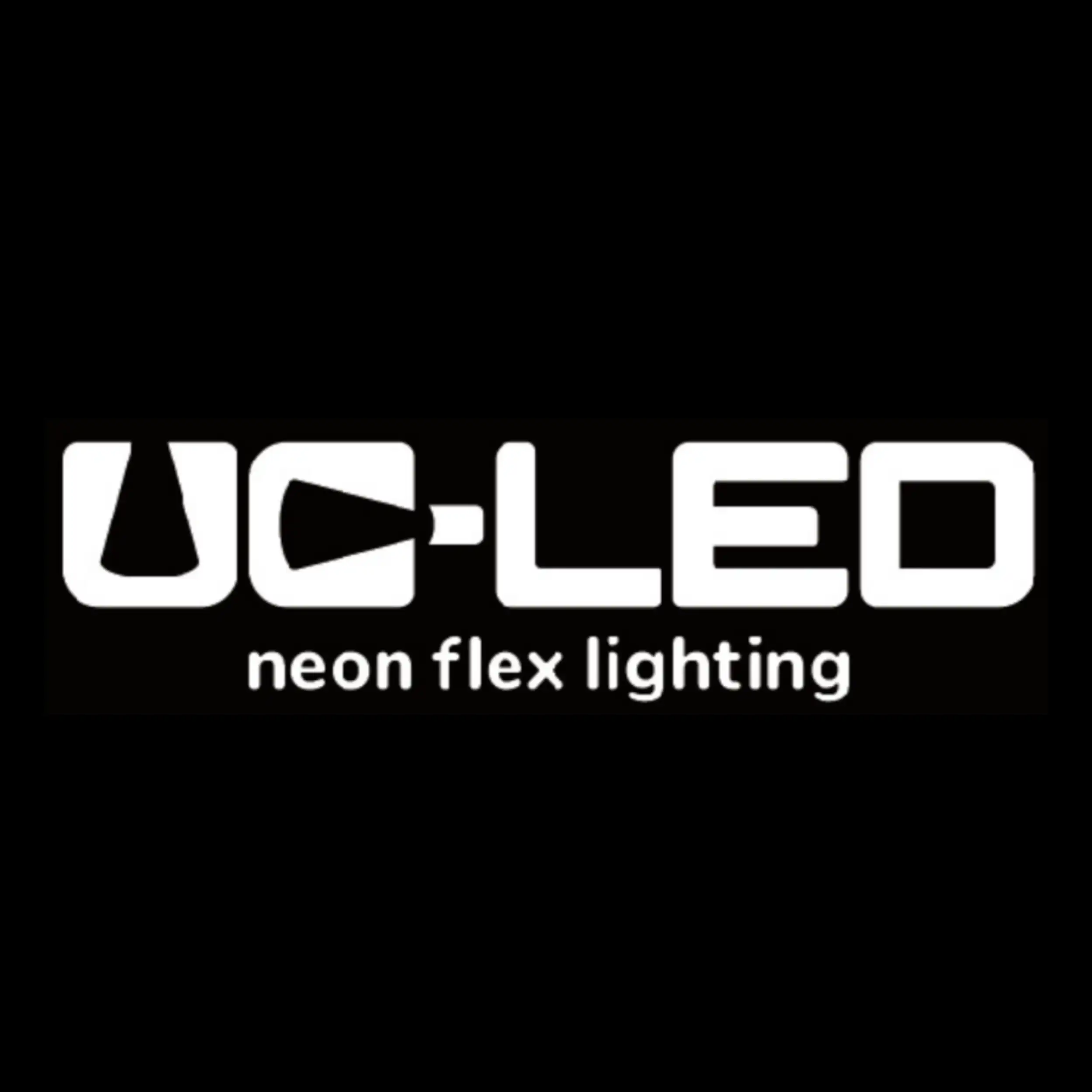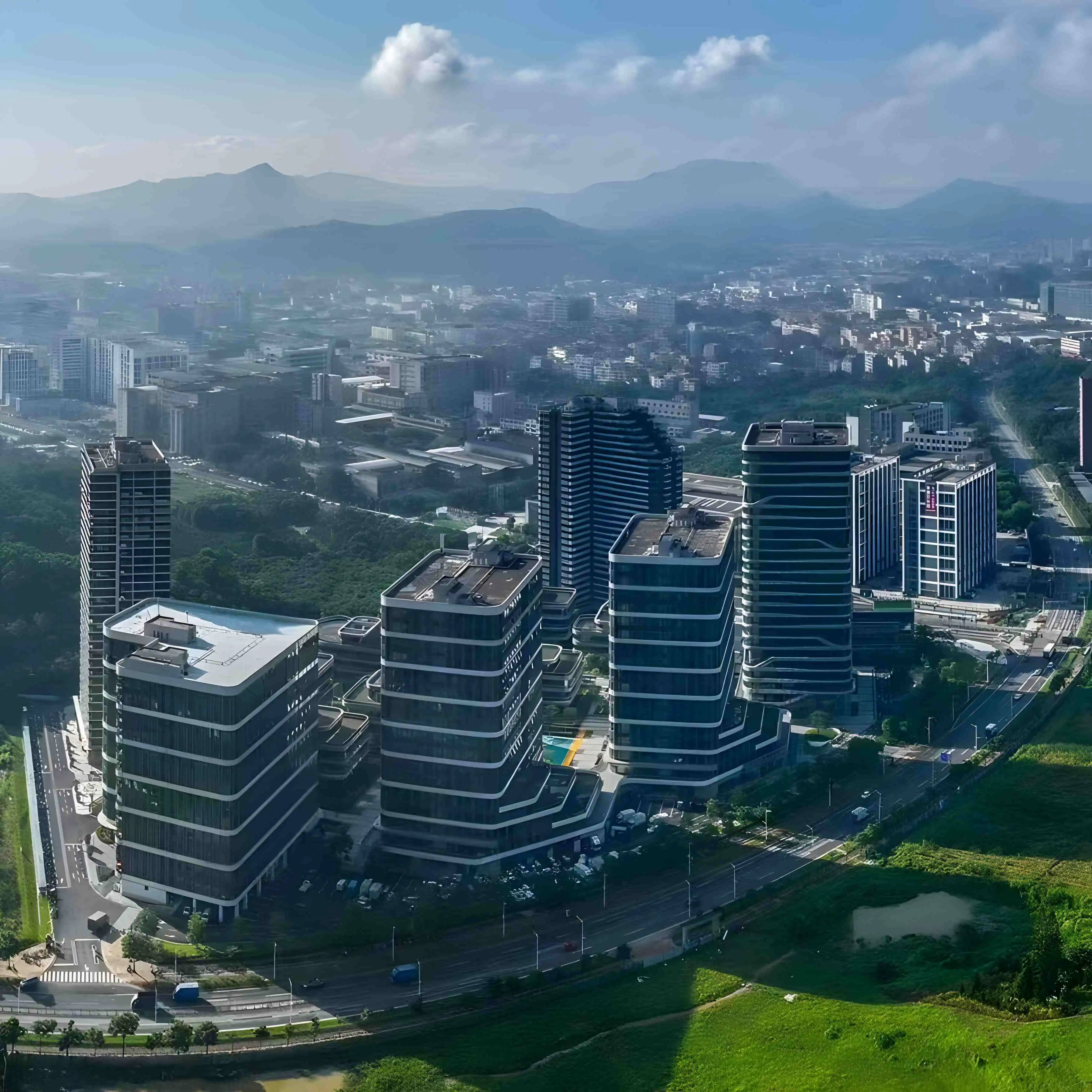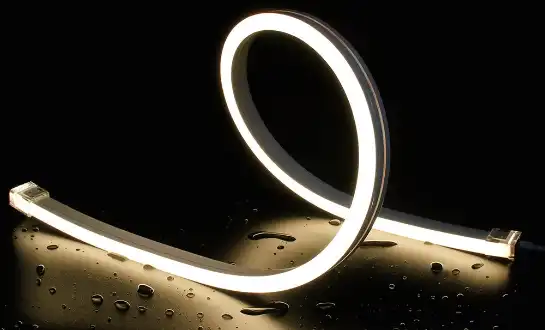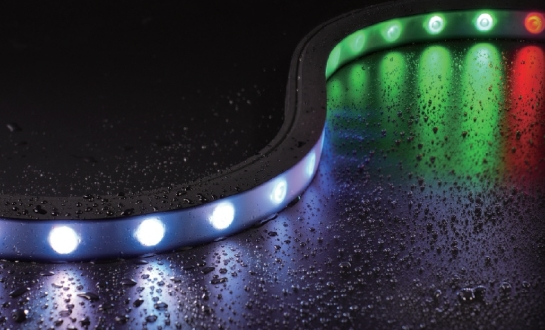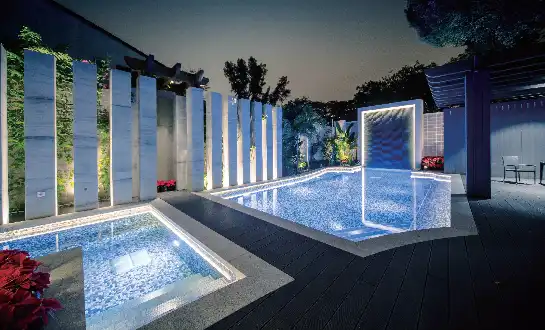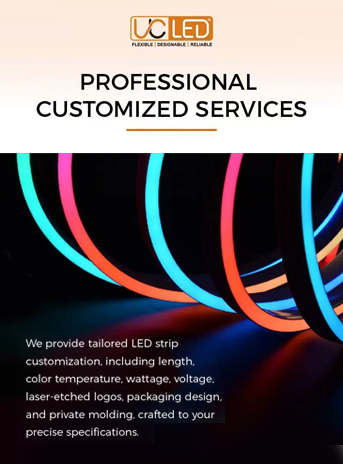Understanding LED Neon Flex Technology and Its Applications
LED Neon Flex is a revolutionary lighting solution that combines the flexibility of LED strips with the aesthetic appeal of traditional neon lights. This versatile product has transformed the lighting industry, offering a more energy-efficient, durable, and customizable alternative to conventional neon tubes.
What is LED Neon Flex?
LED Neon Flex consists of a series of LED chips encased in a flexible, UV-resistant PVC or silicone housing. This construction allows for easy bending and shaping, making it ideal for creating intricate designs and illuminating complex architectural features. Unlike traditional neon, it operates at low voltage, reducing energy consumption and heat generation.
Advantages of LED Neon Flex
The benefits of LED Neon Flex are numerous, contributing to its growing popularity in various applications:
- Energy Efficiency: LED Neon Flex consumes significantly less power than traditional neon, resulting in lower operating costs.
- Durability: With a lifespan of up to 50,000 hours, it outlasts traditional neon lights by a considerable margin.
- Safety: Operating at low voltage, it eliminates the risk of electric shock associated with high-voltage neon signs.
- Flexibility: Its pliable nature allows for creative installations and easy transportation.
- Color Options: Available in a wide range of colors, including RGB options for dynamic color-changing effects.
- Eco-Friendly: LED Neon Flex contains no harmful gases or mercury, making it a more environmentally conscious choice.
Applications of LED Neon Flex
The versatility of LED Neon Flex has led to its adoption across various industries and applications:
- Architectural Lighting: Accentuating building contours and creating stunning facades.
- Signage: Crafting eye-catching, energy-efficient signs for businesses.
- Interior Design: Adding ambient lighting to homes, restaurants, and retail spaces.
- Event Decor: Creating vibrant atmospheres for parties, weddings, and corporate events.
- Automotive Customization: Enhancing vehicle interiors and exteriors with unique lighting designs.
- Art Installations: Bringing creative visions to life through illuminated sculptures and displays.
As LED Neon Flex continues to evolve, its applications are expanding, making it an increasingly popular choice for designers, architects, and lighting professionals seeking innovative and efficient lighting solutions.
Key Factors Influencing the Cost of LED Neon Flex Customization
When embarking on an LED Neon Flex customization project, several factors play a crucial role in determining the overall cost. Understanding these elements can help clients make informed decisions and ensure they receive a product that meets both their aesthetic and functional requirements while staying within budget.
Design Complexity
The intricacy of the design is a primary cost factor in LED Neon Flex customization. Simple, straight-line designs are generally less expensive than complex shapes or logos that require multiple bends and curves. Highly detailed designs may necessitate custom molds or specialized manufacturing processes, increasing the overall cost.
Length and Color
The total length of LED Neon Flex required for a project significantly impacts the cost. Longer runs naturally require more materials and labor. Additionally, the choice of color plays a role in pricing. While single-color options are typically more affordable, multi-color or RGB (Red, Green, Blue) LED Neon Flex that allows for dynamic color changes tends to be more expensive due to the advanced technology involved.
Power Requirements and Control Systems
The power consumption and control systems needed for an LED Neon Flex installation contribute to the overall cost. Projects requiring higher brightness levels or covering larger areas will need more powerful transformers and controllers. Advanced control systems that allow for dimming, color-changing, or programmable effects add to the complexity and cost of the project.
Quality of Materials
The quality of materials used in manufacturing LED Neon Flex significantly influences both its performance and cost. Higher-grade silicone or PVC housings, more efficient LED chips, and superior waterproofing materials result in a more durable and long-lasting product but at a higher price point. Investing in quality materials can lead to lower maintenance costs and longer lifespan, potentially offering better value in the long run.
Customization Level
The degree of customization required can substantially affect the cost. Standard sizes and shapes are generally more affordable, while fully custom designs that require unique molds or manufacturing processes will increase the price. This includes customized connectors, specialized mounting options, or bespoke color temperatures that deviate from standard offerings.
Environmental Considerations
The intended installation environment plays a role in cost determination. Indoor applications typically require less robust materials compared to outdoor installations that need to withstand various weather conditions. UV resistance, waterproofing, and temperature tolerance are crucial factors for exterior use, often necessitating more expensive materials and manufacturing processes.
Quantity and Scale of Production
The scale of production can significantly impact the per-unit cost of LED Neon Flex. Larger orders often benefit from economies of scale, reducing the overall cost per meter. However, small, highly customized orders may incur higher costs due to the specialized attention and setup required for limited production runs.
Optimizing Your LED Neon Flex Customization Project for Cost-Efficiency
While customized LED Neon Flex projects offer unparalleled flexibility in design and application, managing costs effectively is crucial for project success. By implementing strategic approaches and leveraging expert knowledge, it's possible to optimize your project for cost-efficiency without compromising on quality or visual impact.
Early Collaboration with Manufacturers
Engaging with LED Neon Flex manufacturers early in the design process can yield significant cost savings. Experienced manufacturers can provide valuable insights into design feasibility, material selection, and production methods that can streamline the manufacturing process and reduce overall costs. This collaboration can help identify potential challenges early, preventing costly revisions later in the project timeline.
Standardization Where Possible
While customization is often necessary for unique projects, incorporating standardized elements where possible can help reduce costs. Utilizing standard lengths, connectors, or color options for portions of the project can minimize the need for custom tooling or specialized production runs. This approach can be particularly effective for large-scale projects where even small per-unit savings can add up to substantial overall cost reductions.
Efficient Design Practices
Optimizing the design for efficient production and installation can lead to significant cost savings. Consider the following strategies:
- Minimize complex bends or shapes that require extensive manual labor or custom molds.
- Design with standard segment lengths in mind to reduce waste and simplify installation.
- Utilize modular designs that allow for easier maintenance and potential future expansions.
Material Selection and Quality Considerations
While it may be tempting to opt for the lowest-cost materials, considering the long-term implications of material choice is crucial for overall cost-efficiency. Higher-quality materials often offer:
- Extended lifespan, reducing replacement frequency
- Better energy efficiency, lowering operational costs
- Improved durability, minimizing maintenance and repair expenses
Balancing initial costs with long-term performance can lead to more cost-effective solutions over the project's lifecycle.
Bulk Ordering and Project Consolidation
For clients with multiple projects or large-scale installations, consolidating orders can lead to significant cost savings. Bulk ordering not only reduces per-unit costs but can also streamline logistics and installation processes. Consider future needs and potential expansions when placing orders to maximize these benefits.
Energy Efficiency and Control Systems
Investing in energy-efficient LED Neon Flex and advanced control systems can lead to substantial long-term cost savings. Features such as dimming capabilities, programmable timers, and smart controls can significantly reduce energy consumption and extend the product's lifespan. While these features may increase initial costs, they often result in lower operational expenses over time.
Conclusion
Navigating the cost factors of LED Neon Flex customization projects requires a nuanced understanding of various elements, from design complexity to material quality and long-term efficiency considerations. By collaborating closely with experienced manufacturers, optimizing designs for production efficiency, and making informed choices about materials and technologies, clients can achieve stunning visual results while maintaining cost-effectiveness. The key lies in balancing immediate budget constraints with long-term performance and operational costs, ensuring that LED Neon Flex installations not only meet aesthetic goals but also provide lasting value.
FAQ
What is the typical lifespan of LED Neon Flex?
High-quality LED Neon Flex can last up to 50,000 hours or more, depending on usage and environmental conditions.
Can LED Neon Flex be used outdoors?
Yes, many LED Neon Flex products are designed for outdoor use with proper IP ratings for water and dust resistance.
How energy-efficient is LED Neon Flex compared to traditional neon?
LED Neon Flex is significantly more energy-efficient, typically consuming 70-80% less energy than traditional neon lights.
Expert LED Neon Flex Customization Solutions | QUAN HE
At QUAN HE, we specialize in delivering premium LED Neon Flex solutions tailored to your unique project requirements. Our state-of-the-art 5,000m² facility, equipped with advanced SMT assembly lines and stringent quality control processes, ensures superior product quality and reliability. With over a decade of experience, our expert R&D team excels in OEM and ODM customization, offering innovative lighting solutions for diverse applications. Trust QUAN HE to illuminate your projects with precision and excellence. For inquiries, contact Linda@uc-led.com.
References
1. Johnson, A. (2022). "LED Neon Flex: Revolutionizing Modern Lighting Design." Architectural Lighting Review, 45(3), 78-85.
2. Smith, B., & Brown, C. (2023). "Cost Analysis of Custom LED Lighting Projects in Commercial Spaces." Journal of Sustainable Illumination, 17(2), 112-128.
3. Lee, D., et al. (2021). "Advancements in LED Neon Flex Technology: A Comprehensive Review." IEEE Transactions on Lighting Technology, 9(4), 567-582.
4. Martinez, R. (2023). "Energy Efficiency and Cost Savings in Large-Scale LED Neon Flex Installations." Energy and Buildings, 256, 112436.
5. Wong, K., & Liu, Y. (2022). "Material Innovations in Flexible LED Lighting: Balancing Performance and Cost." Advanced Materials for Illumination, 8(1), 23-39.
